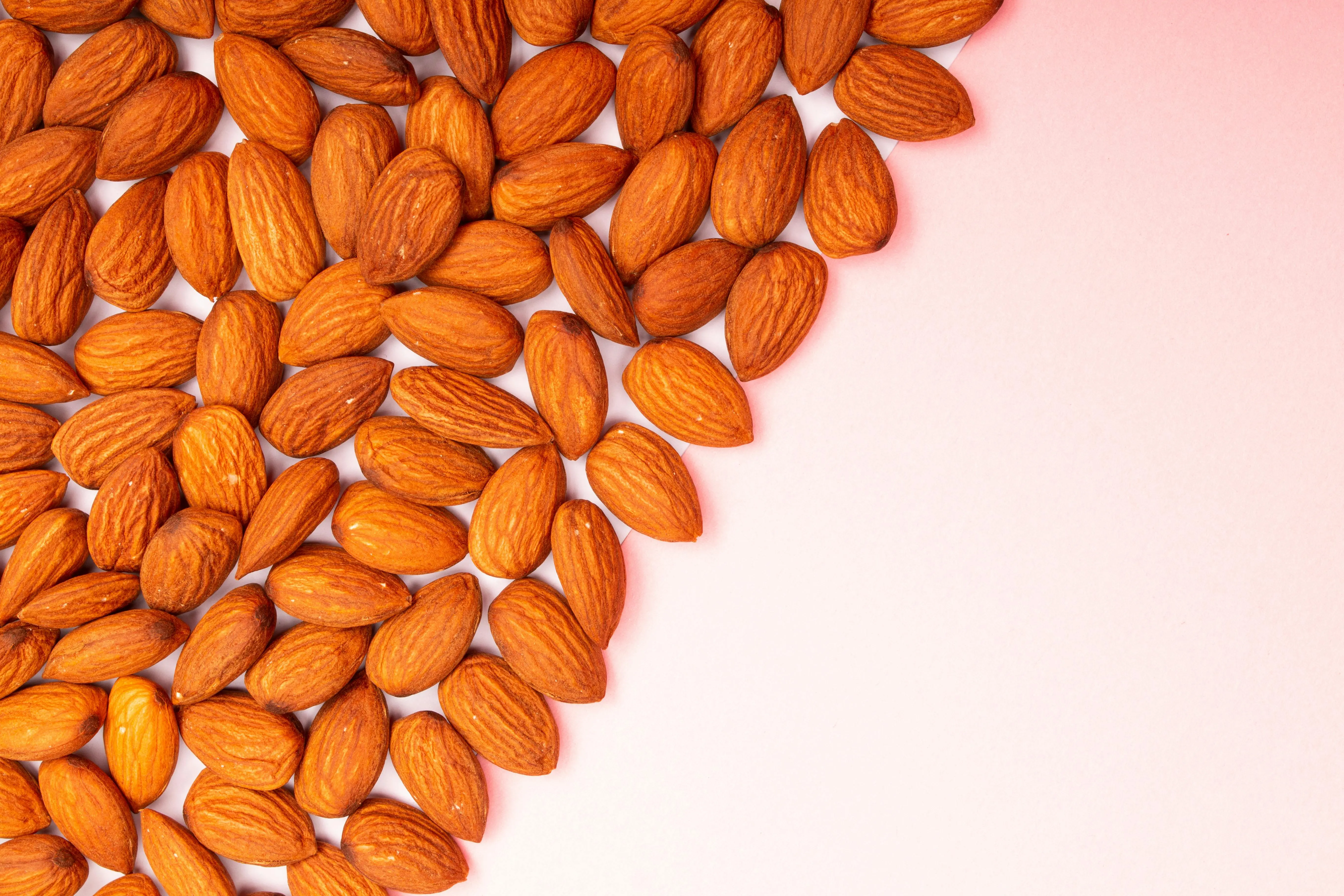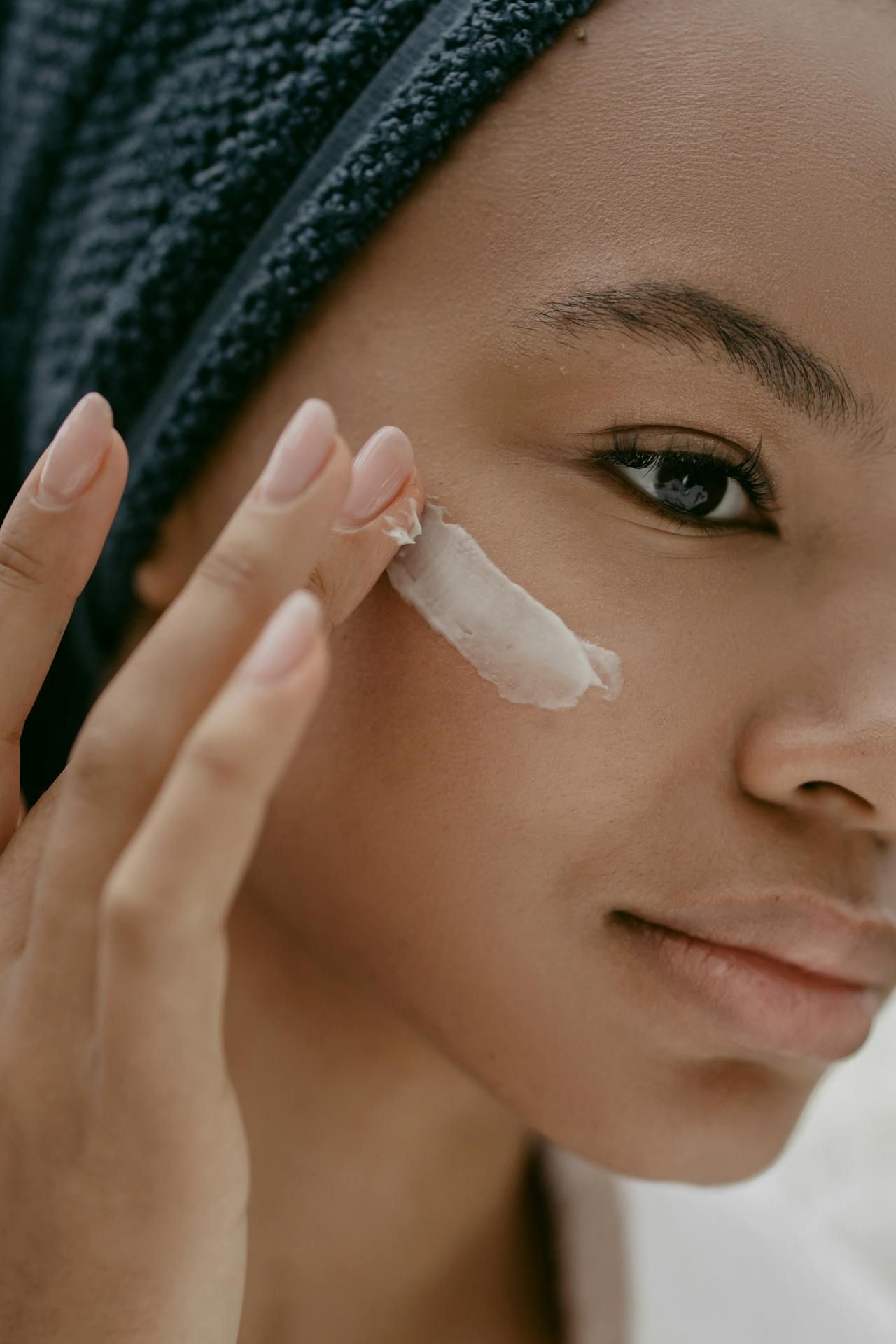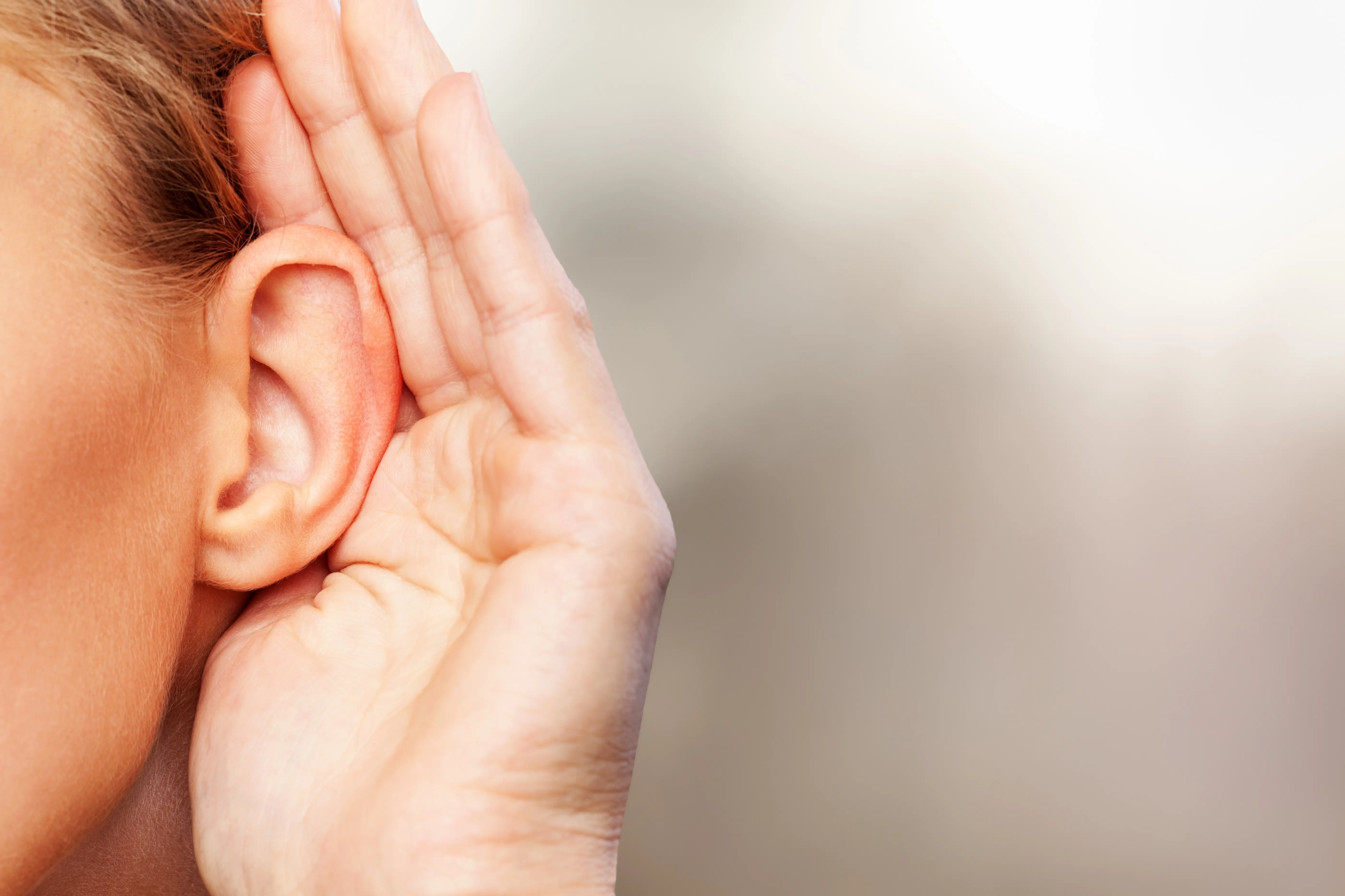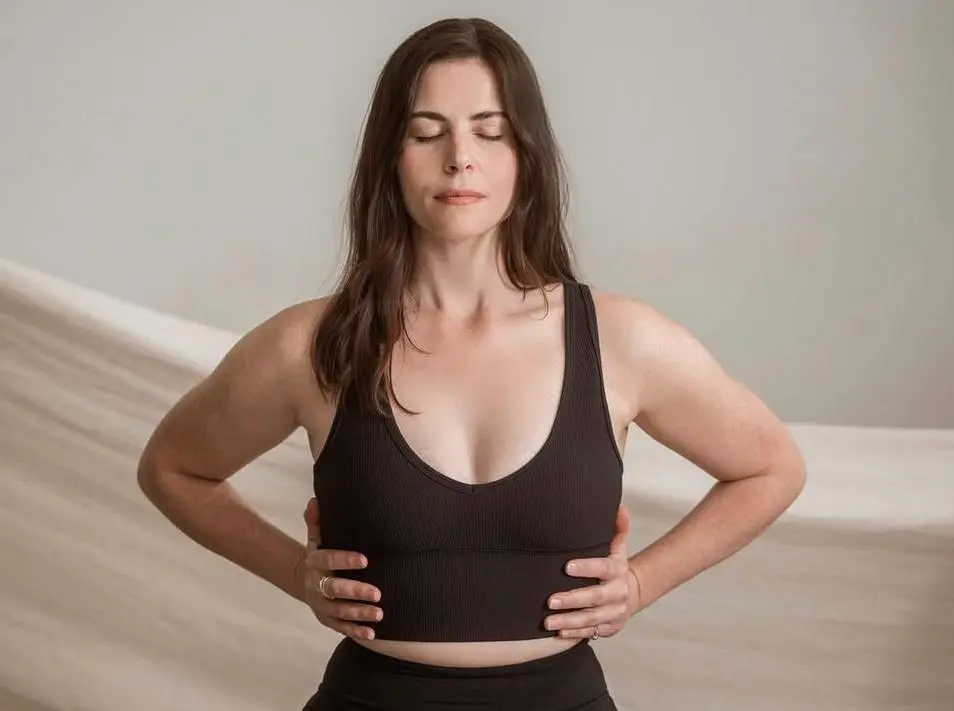
© Pexels
The affected individuals have a distorted perception of their physical appearance.
August 30, 2024
Sophie Rodewyk
- Beauty
- Mental Health
- Mind
Dysmorphophobia - when the reflection becomes a torment
Everything about the excessive preoccupation with perceived physical flaws and what social media has to do with the condition.
Even though the condition of dysmorphophobia has been known for about 100 years, experts believe that social media contributes to an increase in the self-perception disorder originally known as deformity anxiety. Young people, especially women, have become more susceptible to body image problems due to the beauty ideal conveyed on social media.
In an article published in 2018, researchers from the Boston University School of Medicine first mentioned the term 'Snapchat Dysmorphia'. Behind this is the phenomenon that young people, in particular, increasingly want aesthetic interventions to align their appearance with what they see through the use of so-called beauty filters.
This is accompanied by the constant comparison with images of people who appear to be perfect and whose use of filters or photo editing is not disclosed. One of the central statements of the researchers: Patients who wish to align their actual appearance with that of their selfies with an applied beauty filter should first consider therapeutic treatment.
What is dysmorphophobia?
Dysmorphophobia, often also called body dysmorphic disorder (BDD), is an excessive preoccupation with perceived physical flaws that are not noticeable to others.
Dysmorphophobia is not due to vanity or narcissism. Those affected have a distorted perception of their own physical appearance due to various possible causes. In the vast majority of cases, the disorder first occurs during puberty.
In particular, people who have experienced abuse, neglect, or bullying during childhood are at increased risk of developing body dysmorphic disorder.
What are the symptoms of dysmorphophobia?
While about 40 percent of patients usually perceive a specific body region as defective at the beginning of the illness, many add more over the course of the illness. Commonly perceived physical flaws include:
⁃ too little hair density
⁃ protruding or misshaped ears
⁃ double chin
⁃ too small/large, asymmetrical breasts
⁃ proportions of the legs
⁃ overweight
⁃ too little muscle mass
People suffering from dysmorphophobia excessively concern themselves with the question of how to eliminate the supposed physical flaws.
Possible accompanying symptoms such as depression (accompanied by a potentially increased suicide rate), social phobia (isolation from the social environment), anxiety disorder, or eating disorder (anorexia, orthorexia) often occur.
How is dysmorphophobia treated?
For specialists working in the field of aesthetic medicine, the problem often arises when treating people suffering from dysmorphophobia that they frequently demand numerous surgeries and corrections because they are dissatisfied with the treatment results.
Especially in elective treatments, precise selection and analysis beforehand are of above-average importance. Additionally, doctors should allow for a period of reflection or even refuse treatments if in doubt.
In contrast to the distorted physical perception of those affected by dysmorphophobia, a healthy, positive body image is characterized mainly by self-acceptance, a correct assessment of one's own body, and satisfaction with one's body.
Appearance is not perceived as the most important aspect of one's self-image, and even when desiring aesthetic procedures, expectations of a possible outcome are realistic.















